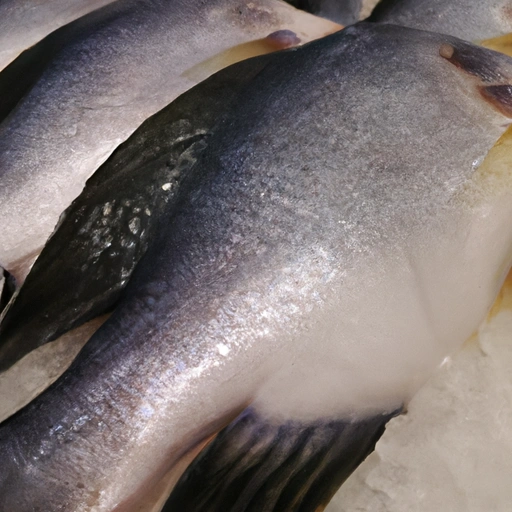Fish
Description

Fish, an incredibly versatile and widely consumed ingredient, plays a pivotal role in cuisines around the world. It is sourced from various bodies of water, including oceans, rivers, and lakes, and encompasses a vast spectrum of species, each offering unique flavors and textures. With its ability to be prepared in countless ways, fish is cherished by both home cooks and professional chefs alike.
Common uses
Fish is commonly used in various culinary applications, from appetizers and main courses to salads and soups. It is also an essential ingredient in traditional dishes such as sushi in Japan, ceviche in Latin America, and fish and chips in the United Kingdom.
Nutritional value
Calories
On average, a 3-ounce (85g) serving of cooked fish provides approximately 100 to 200 calories, depending on the type of fish and the cooking method.
Protein
Fish is an excellent source of high-quality protein, with a 3-ounce (85g) serving typically containing about 15 to 25 grams of protein.
Fat
The fat content in fish varies widely, with fatty fish like salmon providing up to 5 to 15 grams of mostly heart-healthy omega-3 fatty acids per 3-ounce (85g) serving.
Carbohydrates
Fish is naturally low in carbohydrates, with most types containing less than 1 gram per 3-ounce (85g) serving.
Vitamins
Fish is a good source of B vitamins, particularly B12 and niacin, and fatty fish are rich in fat-soluble vitamins like vitamin D and vitamin A.
Minerals
Essential minerals found in fish include iodine, selenium, zinc, and iron, with amounts varying by species.
Health benefits
The inclusion of fish in the diet is associated with numerous health benefits, including improved heart health due to omega-3 fatty acids, support for brain function, and potential reduced risk of certain chronic diseases.
Potential risks
While fish is nutritious, there are potential risks associated with consumption, such as exposure to mercury and other contaminants, particularly in larger predatory fish. It is recommended to consume a variety of fish and heed advisories for certain populations.
Common recipes
Fish is featured in an array of recipes, from simple grilled fillets to elaborate seafood stews and curries.
Cooking methods
Popular cooking methods for fish include grilling, baking, broiling, frying, poaching, steaming, and sautéing, each offering a different flavor and texture profile.
Pairing with other ingredients
Fish pairs well with a multitude of flavors, such as citrus, herbs, spices, and various sauces, and can be complemented by sides like rice, vegetables, and grains.
Summary
Fish is a highly nutritious and widely enjoyed ingredient that suits a vast array of cooking methods and recipe styles. Its global significance is underpinned by its historical role as a food source and its continued prominence in contemporary diets due to its health benefits and culinary versatility.